
While pheasants are a familiar sight in the British countryside and appear well-suited to their habitat they are in fact an introduced, non-native species.
Originally pheasants weren't even native to Europe, having been introduced into the continent by the Romans and possibly brought into Britain by the Normans in the 11th century. It wasn't until the 19th century that they became a popular gamebird for shooting. These days pheasants are bred by gamekeepers for the sole purpose of being released into the wider environment as a gamebird for shooting.
Key Facts
Pheasant – Phasianus Colchicus
Length: 50-90cm
Wingspan: 75-90cm
Weight: 750g-2kg
Average Lifespan: 1-2 years
Distinctive Appearance: If you gave a 4 year old some colouring crayons and asked them to design a bird, they would probably unintentionally draw a pheasant. The Pheasant is an elegant but more unusual-looking bird with strong sexual dimorphism. The males have a particularly distinctive look thanks to the combination of golden-brown feathers on their body and green and blue feathers around their necks. The females are almost entirely brown with a lighter coloured underbelly, as well as shorter tails.

Pheasant Habitat: You will most commonly see pheasants in smaller groups, or even alone. You would typically see them in countryside regions, specifically somewhere with long grass, hedgerows, trees or foliage to provide cover from danger, particularly during the nesting season.

Adaptations:
- Short & Fat Wings - In order to generate a lot of upward thrust, allowing them to quickly gain flying speed (up to 50mph) and escape potential predators.
- Strong Legs - Another method of fleeing danger would certainly be running, for the Pheasant. It's strong legs allow them to run quickly to safety.

What do pheasants eat? Pheasants aren’t too fussy and enjoy eating a variety of foods which include seeds, grains, leaves and insects. It's not uncommon for pheasants to factor more foods rich in fats into their diets during the winter, including seeds.

Hunting in the UK: In the UK, it’s illegal to hunt most wild birds, however, pheasants, like partridges, are not classed as wild birds are covered by the Game Act, meaning it’s legal to hunt them from October to February.

Nesting: The female pheasants tend to find hidden places in tall grass and underneath hedges to begin nesting, whilst the males keep guard and aggressively fend off other male pheasants. Their breeding season typically starts in March.

Fledging: With breeding starting in March, the incubation period is normally 3-4 weeks with another 2 weeks for fledging. Look how cute they are when they are chicks!


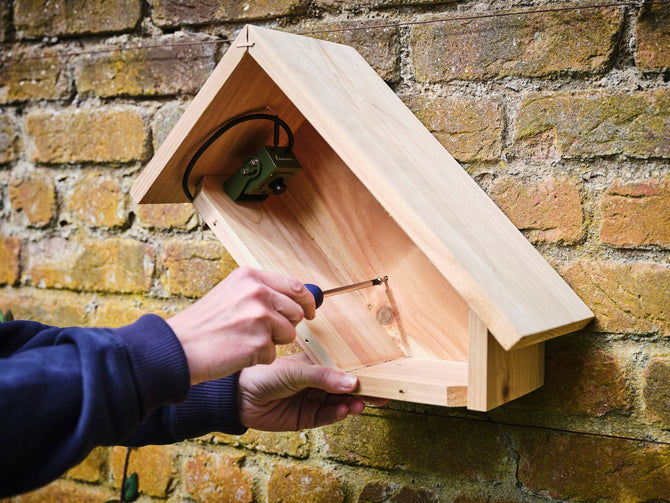
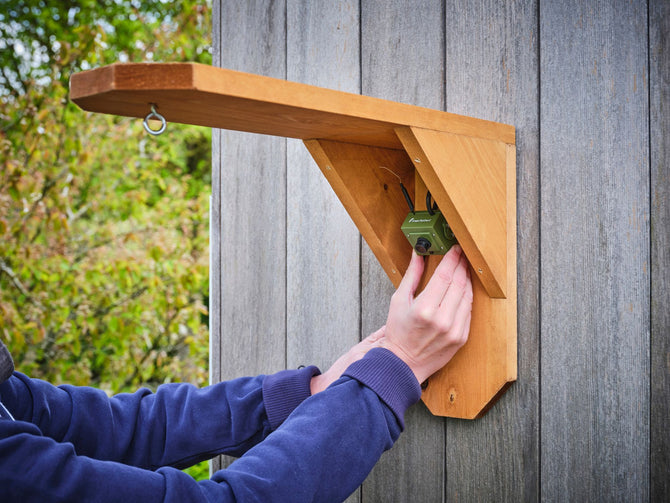
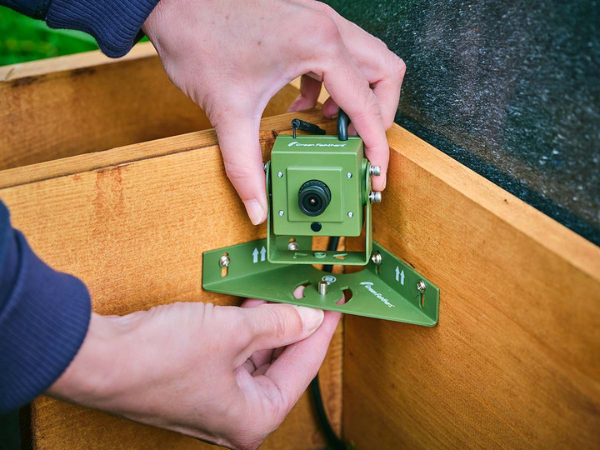
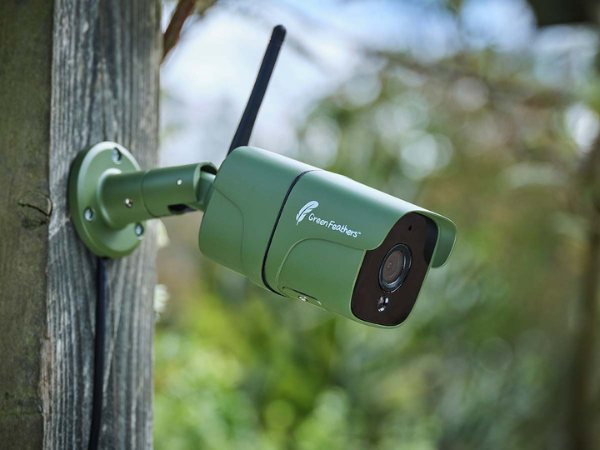
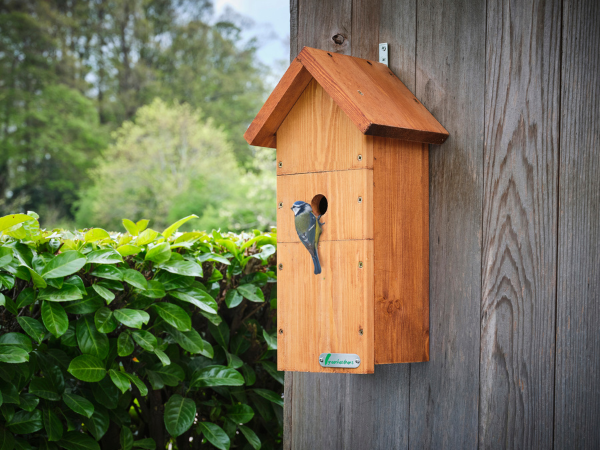
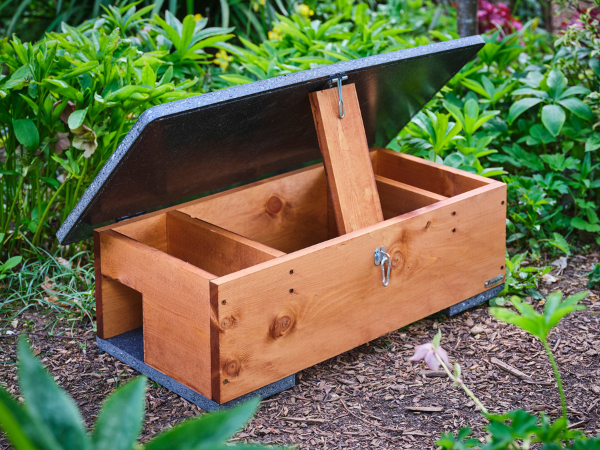
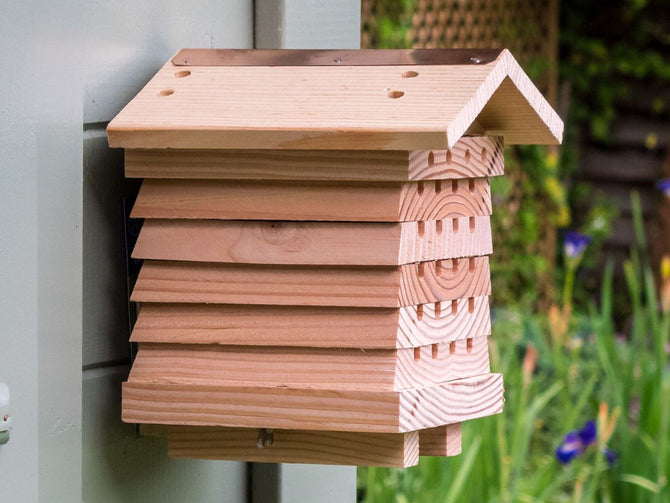
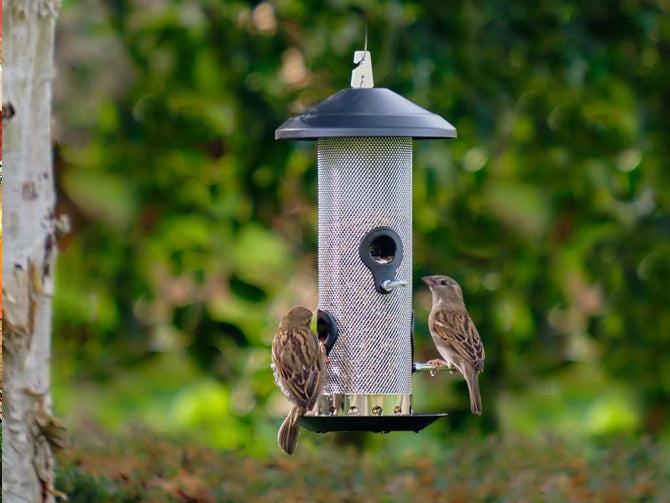
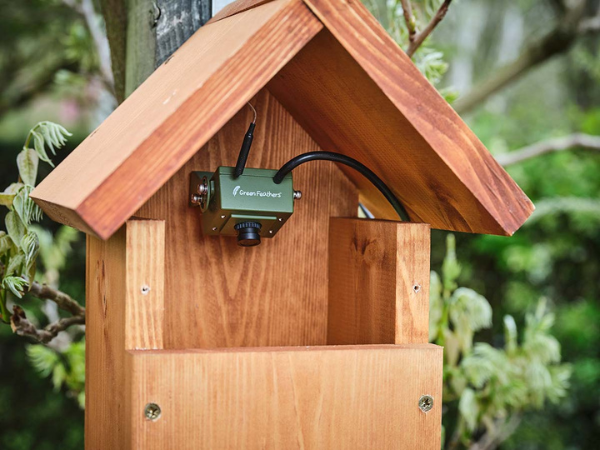
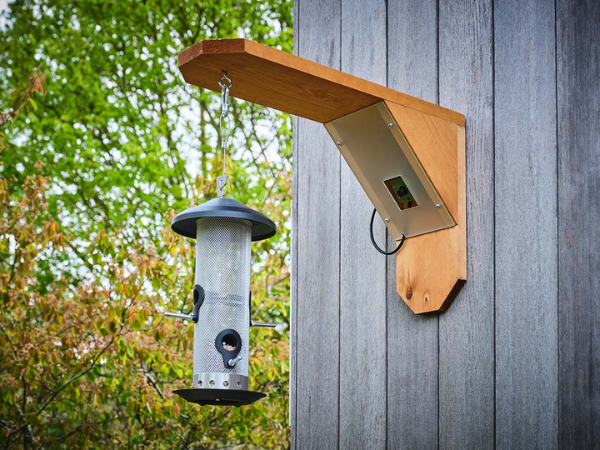
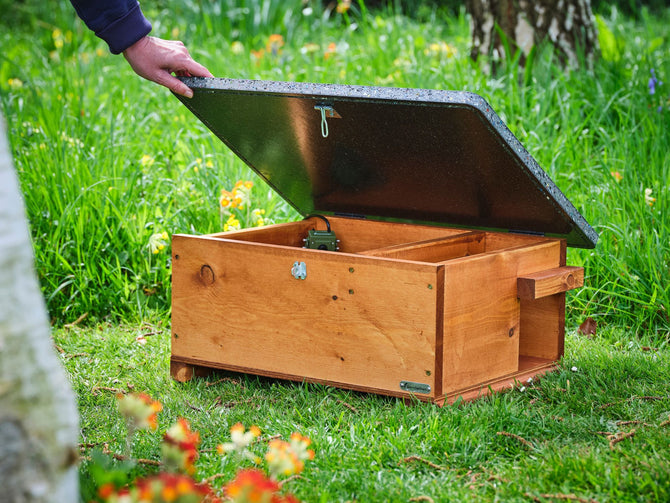


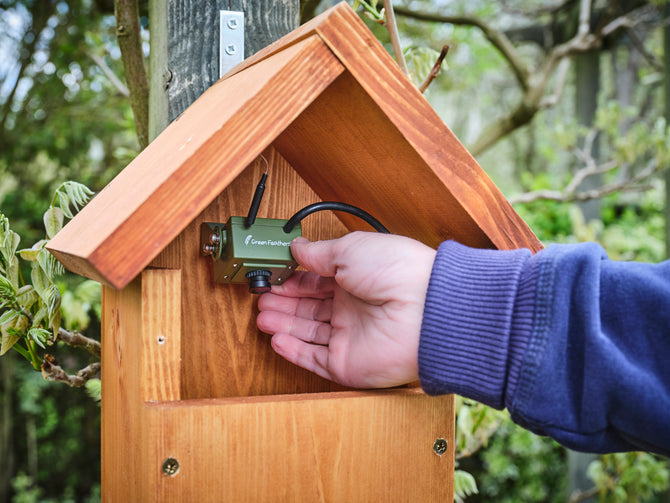
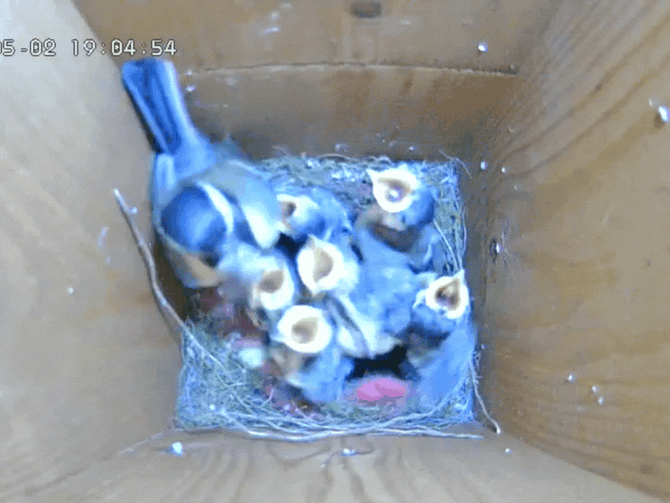
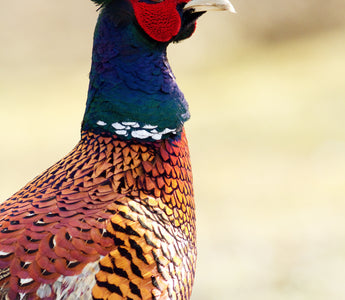
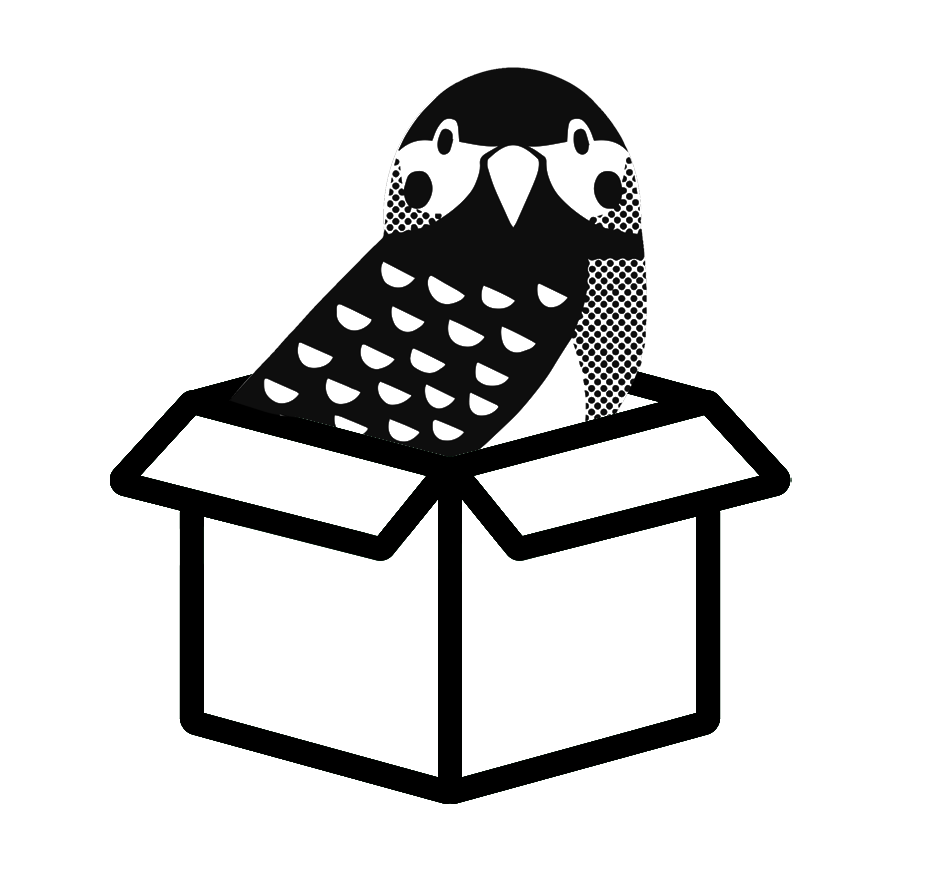
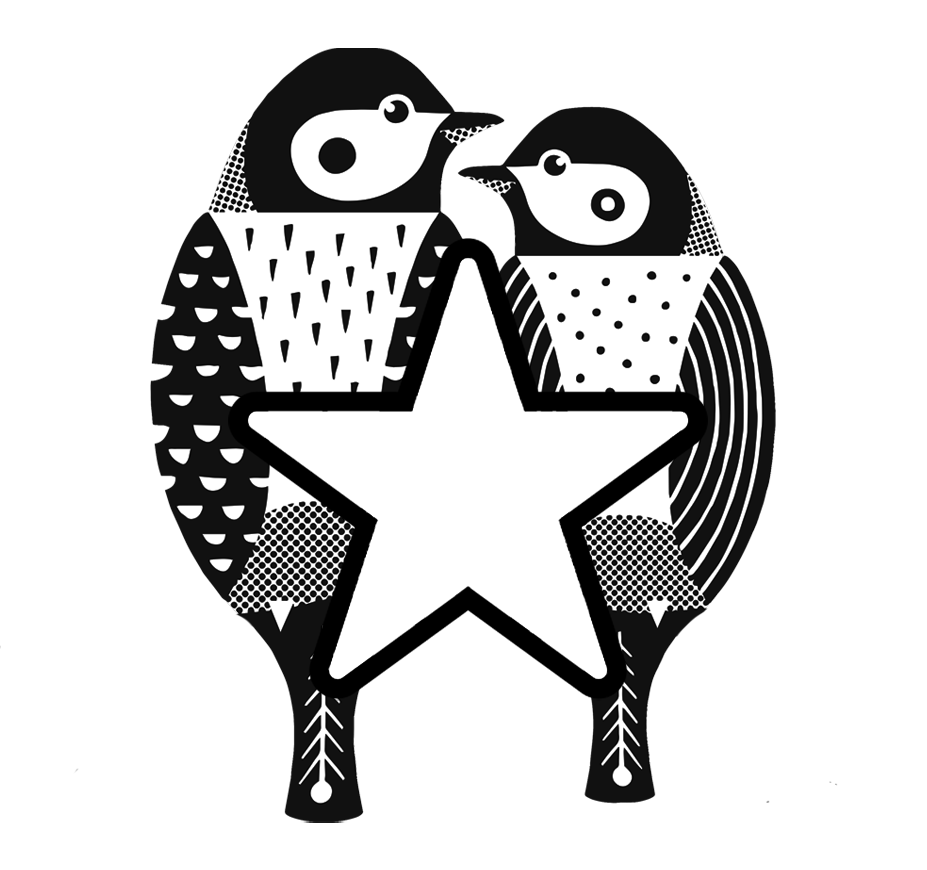
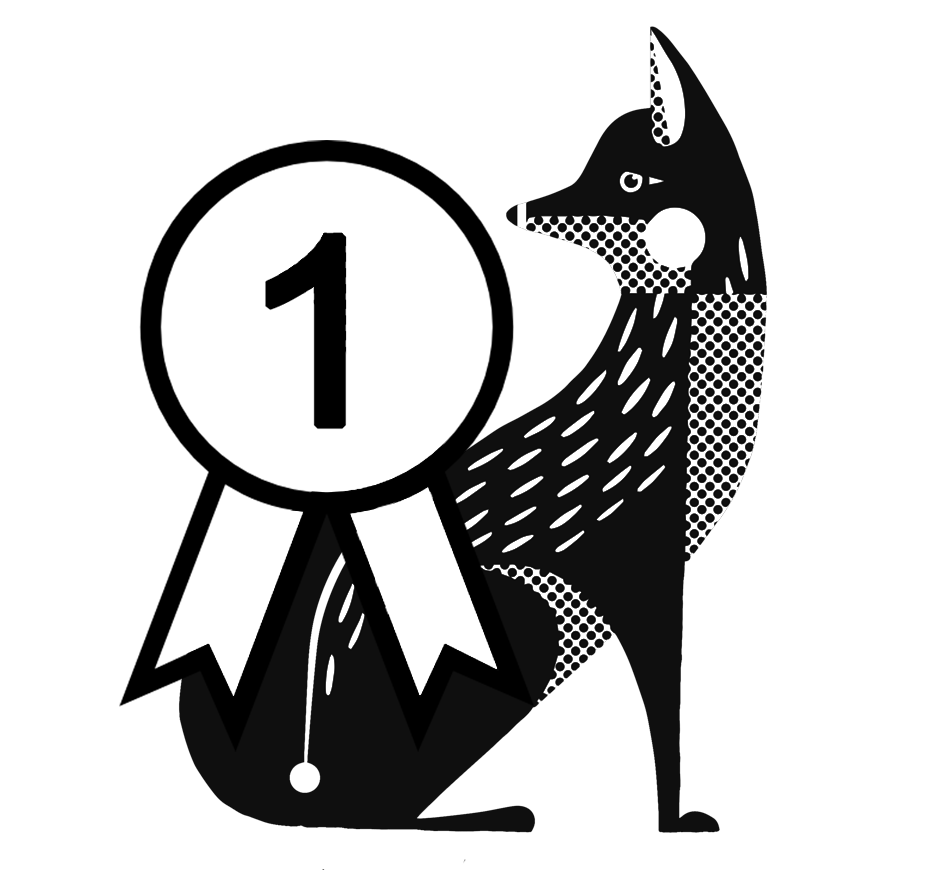





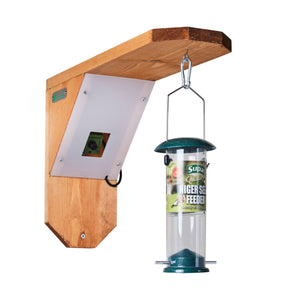
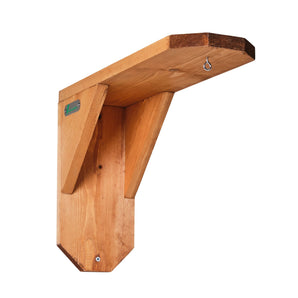


I have a pair of pheasants who have visited my garden for bird food for the last two winters. They will run up to me when I enter the garden, and I have even had the male fly down from his roost as I walk in neighbouring fields. The female has just started excavating a shallow scrape under a large conifer in my garden, and I am hoping this may be a precursor to nesting. They do not seemed to be phased by the presence of my elderly cat!
I have a Ring Necked Pheasant who we call Sir Philip. He adopted us at the end of December. He is very friendly and taps on the windows when he wants food. He walks with me around the garden and chatters away. He seems very much on his own, although, he does have a good relationship with the other birds and squirrels who visit our garden. They seem to have developed a good routine whereby he flies up and knocks food out of the bird feeders so he, the larger birds and squirrels can all eat fairly happily together.
Why show ducks being murdered and not pheasants?
I had a golden pheasant in my garden this morning.